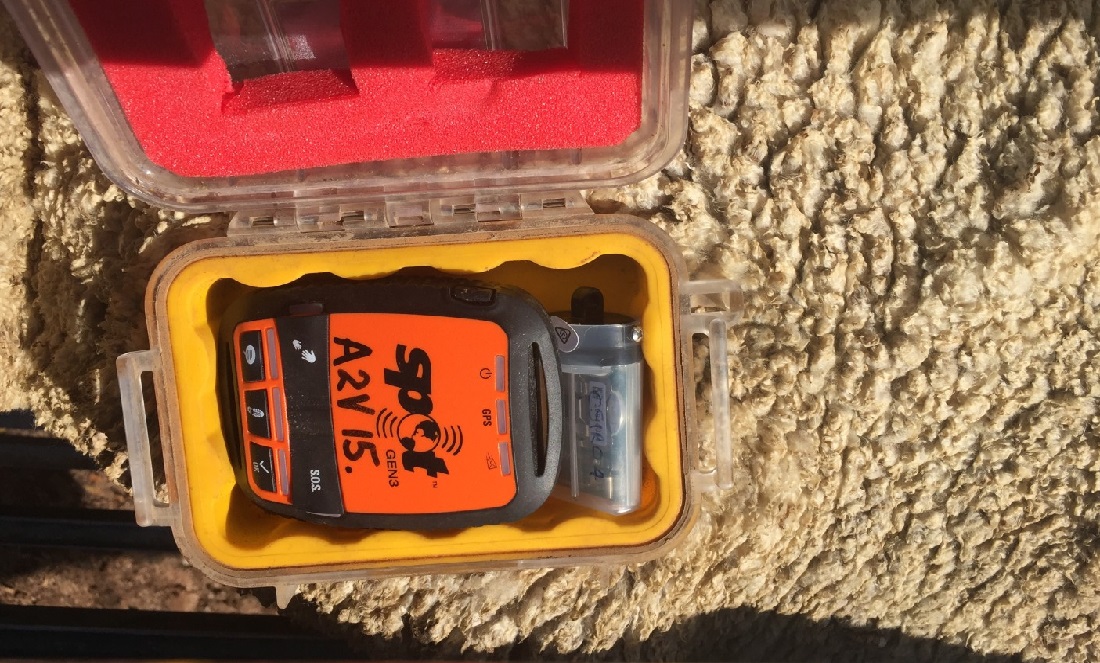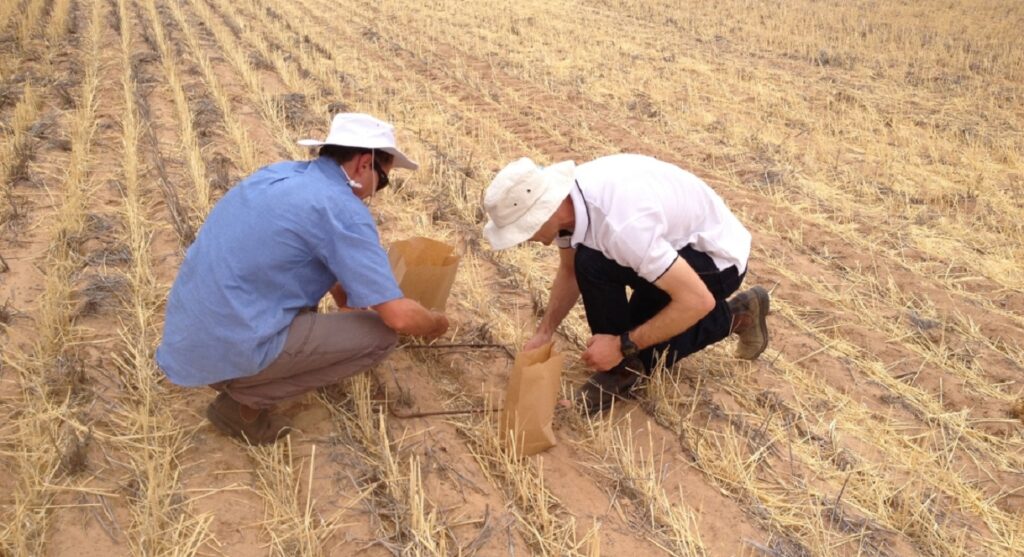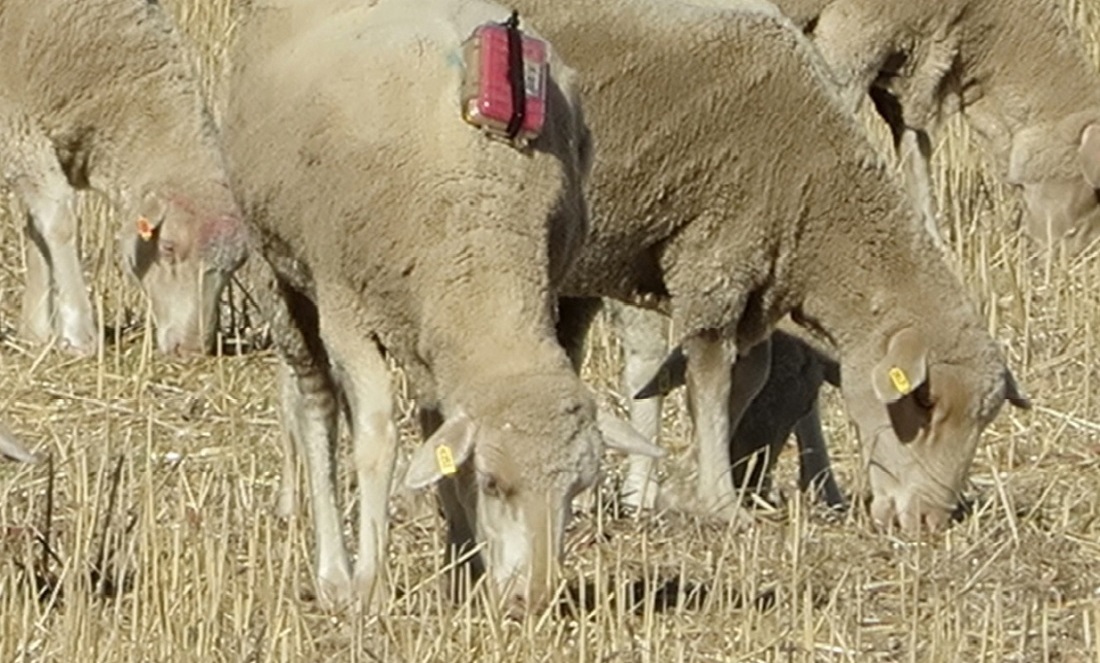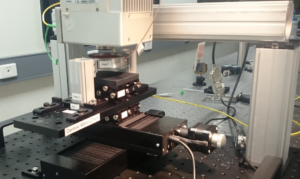No, it’s not that sheep have become all health conscious, hip and concerned about their waistlines.
It’s that farmers need to know where sheep are in their paddocks and how much they move and new WA trial has put this technology to the test.
HOW DOES IT WORK?
Alas, there are no sweat bands and leotards on these sheep. Researchers simply clip wool at the sheep’s shoulder and glue the Fitbit-like technology to the area. The off-the-shelf technology includes a GPS and accelerometer to track where the sheep move and how fast they do it.
CSIRO Livestock Systems Scientist Dr Dean Thomas and his team attached such devices to four sheep per flock, in seven flocks of 400 to 600 sheep in paddocks in the WA wheatbelt. They could then track the sheep’s movement on computer screens back in Perth, in real time, for four weeks.

THE BENEFITS OF BEING BETTER CONNECTED
The trial showed that tech-savvy farmers could use the technology in a host of ways.
By monitoring where flocks move, farmers can determine the likely amount of feed available to them. This enables farmers to move the sheep to a new paddock when feed declines to ensure their sheep are in the best condition.
The sensors can also enable farmers to pinpoint those sheep which moved further within a flock. This may suggest these sheep are in better condition and have superior genetics for breeding stock.
Using the devices, farmers can also assess the sheep’s access to water points. This could highlight any potential issues with water sources. No need to jump in a ute and travel dusty paddocks to check water troughs every day or two over summer.
What’s more, farmers can identify individual sheep who may have health issues by monitoring irregular activity.
And they can track sheep that have escaped or become trapped, as well as those who’ve been predated.

“This enables farmers to move the sheep to a new paddock when feed declines to ensure their sheep are in the best condition”
CONNECTIVITY COMES AT A COST
At $250 a tracker and $250 a year subscription for satellite monitoring, the equipment used in the project doesn’t come cheap.
But Dean predicts ongoing electronic technology development will soon bring prices down.
“Farmers will then be in a good position to implement these products on-farm and get the most value from them,” Dean says.
So next time you drive past some sheep, while they may not be sporting MP3 players and sweat bands, they may just have a Fitbit-like device helping to ensure they are in better condition than their peers.









